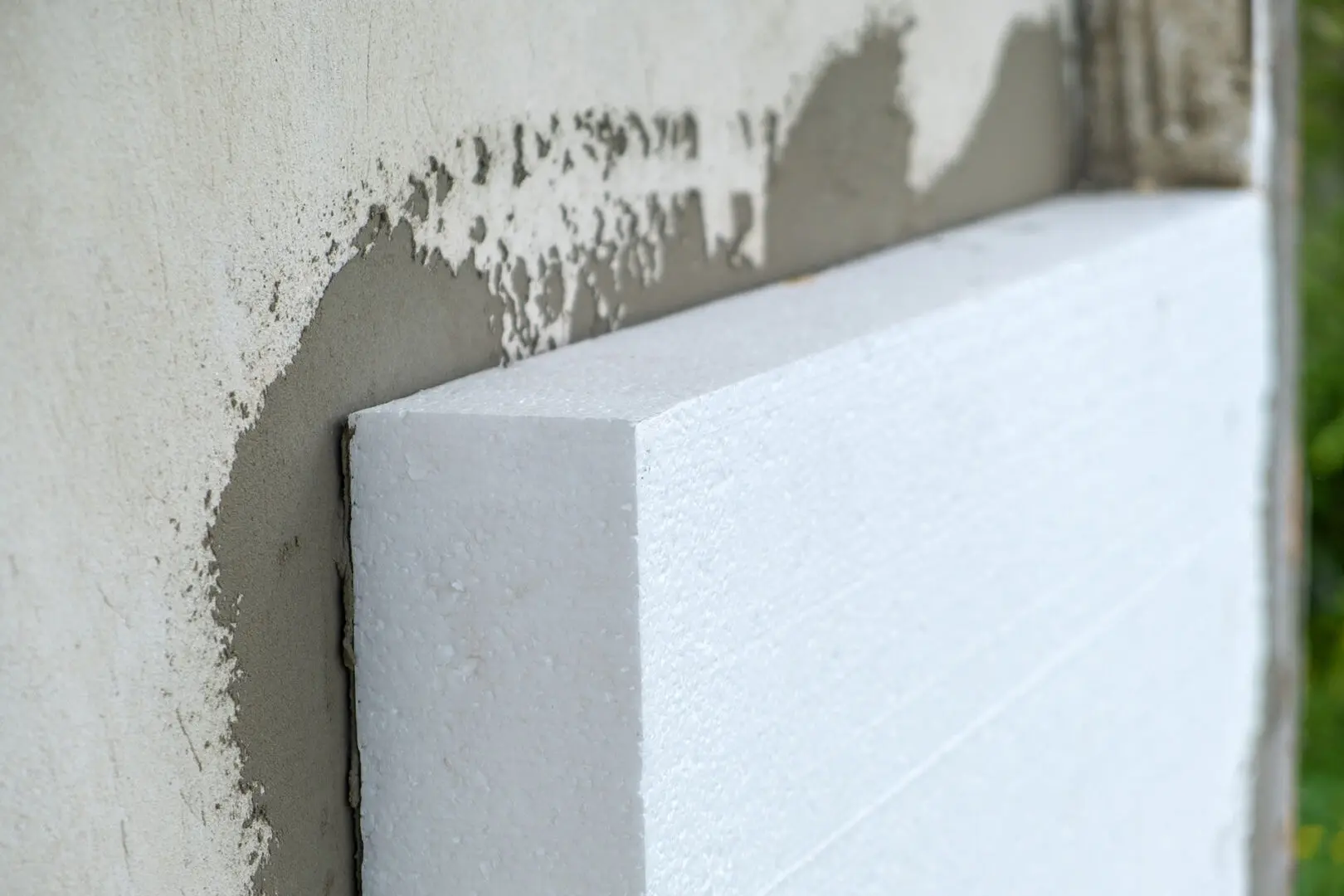Pros and Cons of EPS and XPS
EPS (expanded polystyrene) and XPS (extruded polystyrene) are two common types of rigid foam insulation used in building construction. Both materials are made from polystyrene and have similar physical properties, but there are some differences in how they are manufactured and their performance characteristics. EPS is commonly used as insulation in walls, roofs, and foundations due to its low thermal conductivity and ability to resist moisture. XPS is a popular insulation material for roofs, walls, and foundations, particularly in areas that experience extreme temperatures or high levels of moisture. In addition, XPS can be used as an underlay for underfloor heating systems due to its high compressive strength and low thermal conductivity. Here are some pros and cons of each:

Pros of EPS:
- Lower cost compared to XPS
- Lighter weight, which can make it easier to install
- Can be recycled into new EPS products
Cons of EPS:
- More fragile and prone to damage during installation and handling
- More susceptible to water absorption, which can reduce its insulation performance and potentially cause structural damage
- More susceptible to pests and rodents, who can tunnel through the material
Pros of XPS:
- More durable and resistant to damage during installation and handling
- More resistant to water absorption than EPS, which can make it a better choice for applications where moisture is a concern
- More resistant to pests and rodents
- Higher compressive strength, which can make it suitable for use in certain structural applications
Cons of XPS:
- Higher cost compared to EPS
- Heavier weight, which can make it more difficult to handle and install
- Lower R-value per inch of thickness compared to EPS
- More difficult to recycle, as it is often coated with materials that make it difficult to separate the polystyrene from other materials
In summary, the choice between EPS and XPS will depend on a variety of factors, including cost, insulation requirements, moisture concerns, and structural requirements. EPS is generally the more affordable and higher performing option in terms of insulation, while XPS is more durable and resistant to water damage.
Pros and Cons Common to Both EPS and XPS
Pros:
- Recyclable products that assist with LEED points.
- Won’t support mold or mildew growth.
- Long-term, stable R-value.
- Can be placed below grade.
- Can be utilized for inverted assemblies (over membrane).
Cons:
- Exposure to sun will deteriorate the product.
- Solvents/solvent-based materials cause irreversible damage.
- Elevated temperatures (above 250 degrees F.) will “melt” polystyrene.
- Incompatible with certain thermoplastics, polystyrene insulation’s are known to draw plasticizers out of thermoplastic membranes, causing permanent degradation.
- Polystyrene is flammable, requiring proper placement in any assembly
